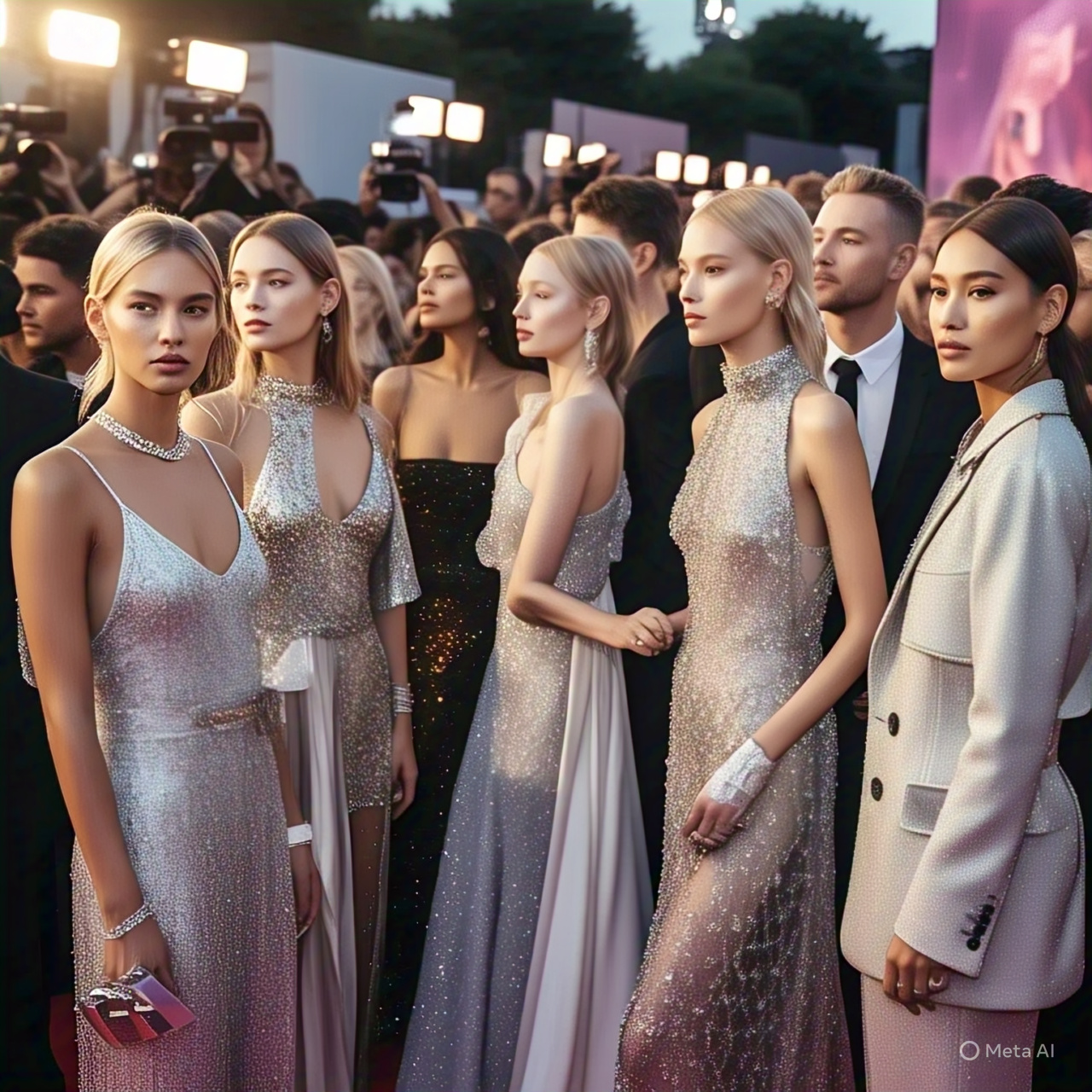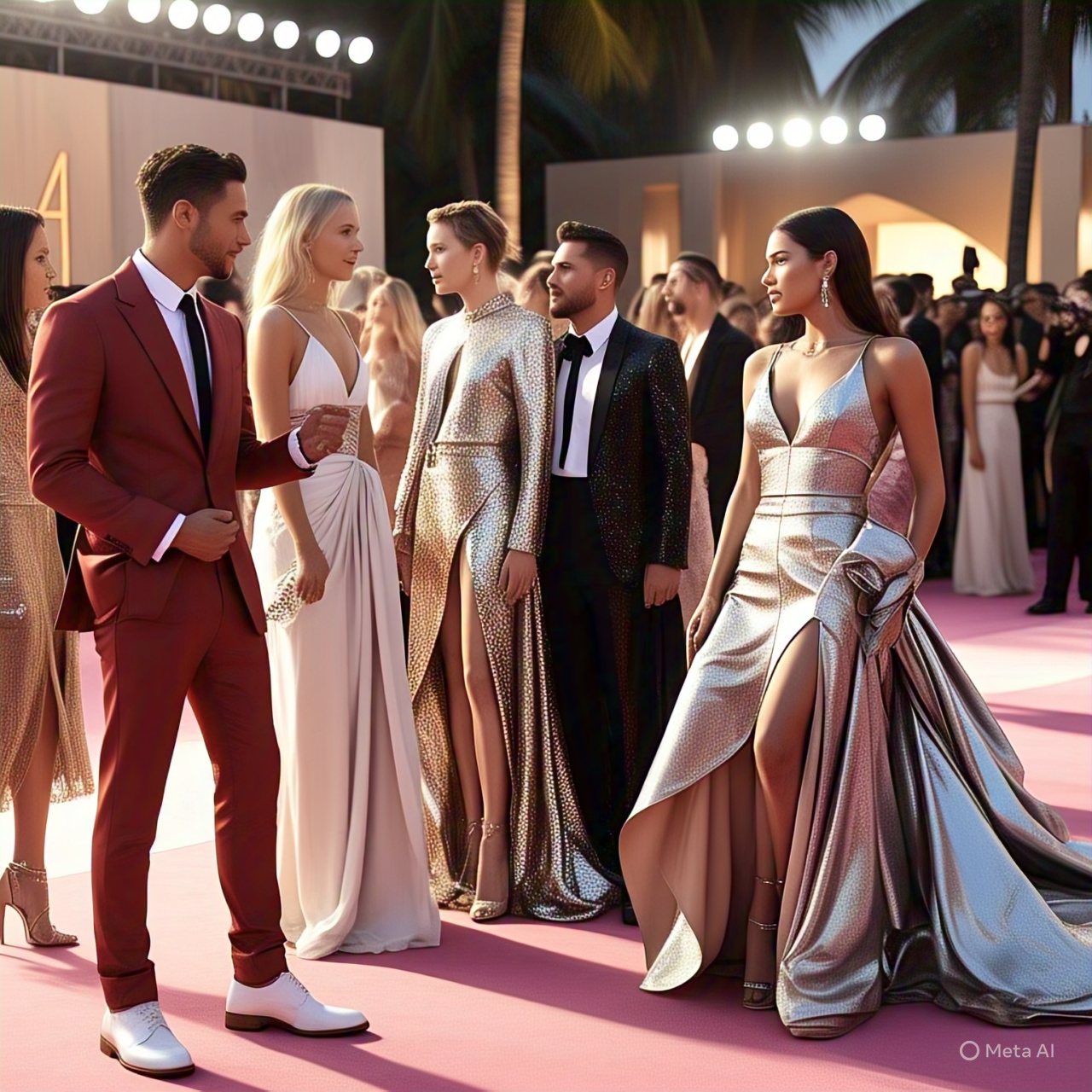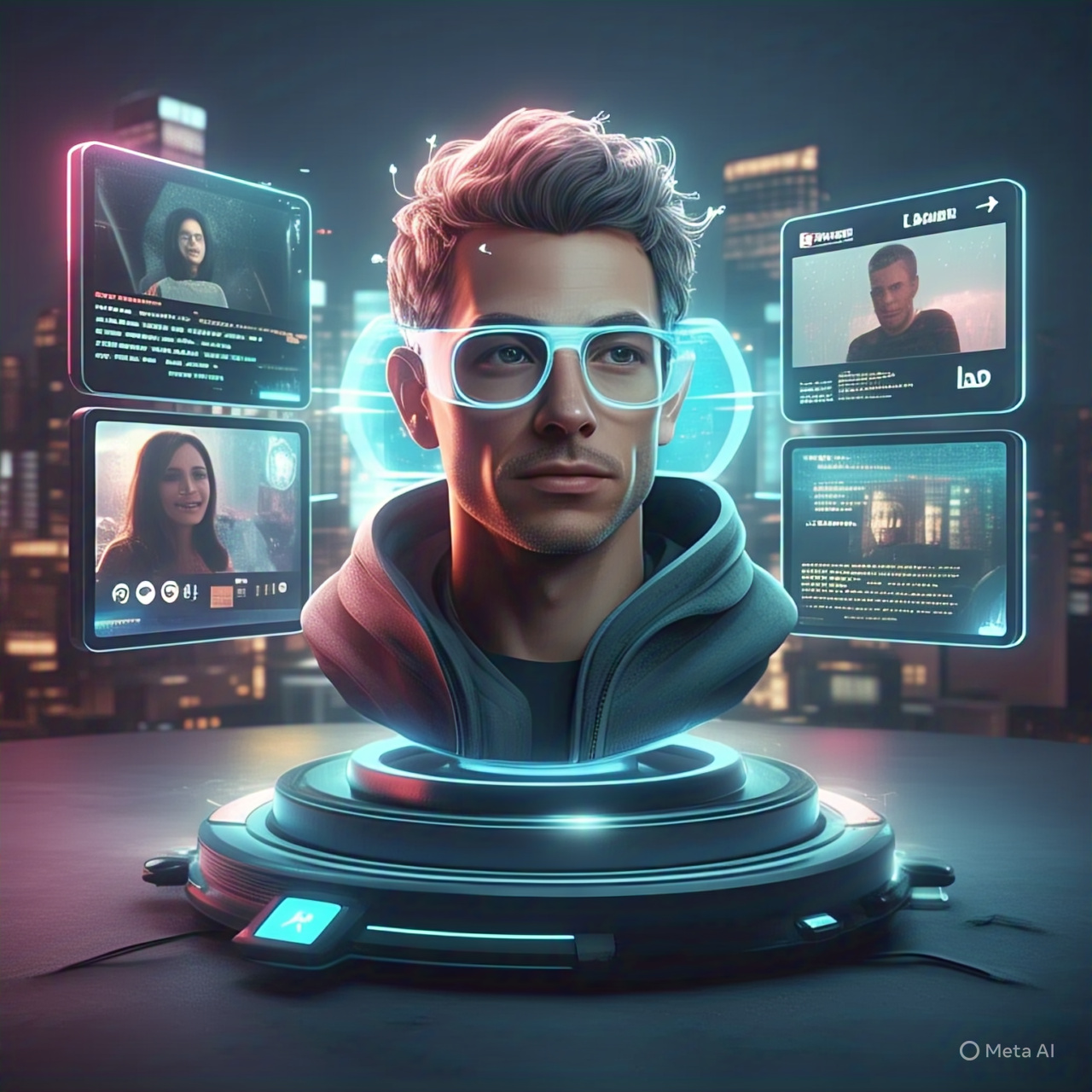Introduction
Influencer marketing is evolving faster than ever, and artificial intelligence is at the heart of this transformation. In 2025, brands and creators are leveraging AI to discover the right influencers, craft personalized campaigns, and measure results with unprecedented precision. This guide from allaboutfamous.com will walk you through the most exciting trends, essential tools, and practical strategies to help you succeed in the new era of AI-powered influencer marketing.
Why AI Is Reshaping Influencer Marketing
AI is no longer a futuristic concept—it’s a core part of modern marketing. With AI, brands can:
- Identify the best influencers based on real-time data and audience fit.
- Personalize content for different demographics and interests.
- Optimize campaigns by analyzing performance and predicting trends.
- Automate repetitive tasks like outreach, reporting, and content scheduling.
This shift is making influencer marketing more efficient, scalable, and results-driven than ever before.
Top AI-Powered Influencer Marketing Trends for 2025
1. Hyper-Personalization and Niche Influencers
Brands are moving beyond generic campaigns to partner with micro- and nano-influencers who have highly engaged, niche audiences. AI tools analyze audience data to match brands with influencers who can deliver the most relevant, personalized content.
Example:
A beauty brand uses AI to identify influencers whose followers closely match its target customer profile, resulting in higher engagement and conversion rates.
2. AI-Driven Influencer Identification and Analytics
AI platforms like Hypefy and Upfluence use machine learning to evaluate influencer authenticity, engagement quality, and audience demographics. These tools help brands avoid fake followers and ensure partnerships with influencers who align with their values.
Example:
AI analyzes an influencer’s past posts, engagement rates, and audience sentiment to predict campaign success before launch.
3. Rise of Virtual Influencers and Avatars
Virtual influencers—computer-generated characters with their own personalities and followings—are gaining traction. These avatars offer brands complete creative control, reduced risk of controversy, and unique storytelling opportunities. They’re especially popular with Gen Z and younger audiences.
Example:
Lil Miquela, a virtual influencer, has collaborated with major brands and amassed millions of followers, proving the viability of this trend.
4. Augmented Reality (AR) and Virtual Reality (VR) Experiences
Influencers are incorporating AR and VR into their campaigns, creating immersive experiences that allow followers to interact with products in new ways. AI powers these experiences, making them more engaging and memorable.
Example:
A fashion brand partners with influencers to create virtual try-on experiences, driving higher engagement and sales.
5. Values-Driven and Authentic Campaigns
Consumers are demanding more authenticity and social responsibility from brands. AI helps identify influencers who align with a brand’s values, such as sustainability, diversity, and mental health awareness. These partnerships build trust and loyalty among socially conscious audiences.
Best AI Tools for Influencer Marketing in 2025
| Tool/Platform | Key Features |
|---|---|
| Hypefy | AI-driven influencer matching, analytics, UGC |
| Upfluence | Influencer discovery, campaign management, ROI |
| AspireIQ | Content automation, performance tracking |
| Traackr | Influencer relationship management, analytics |
| InfluencerDB | Audience insights, fraud detection |
These tools streamline influencer identification, campaign management, and performance tracking, making influencer marketing more efficient and effective.
How to Implement AI-Powered Influencer Marketing
- Define Your Goals and Audience
Identify what you want to achieve and who you want to reach. - Use AI Tools for Influencer Discovery
Leverage platforms like Hypefy or Upfluence to find the best influencers for your brand. - Personalize Content and Campaigns
Use AI to tailor messages, visuals, and offers to specific audience segments. - Measure and Optimize Performance
Track key metrics in real time and adjust your strategy for maximum impact. - Embrace Virtual and Immersive Experiences
Experiment with virtual influencers and AR/VR to create memorable campaigns. - Prioritize Authenticity and Values
Partner with influencers who share your brand’s values and can build genuine connections with your audience.
Visual Aids: Suggested Images
1. Infographic: “AI-Powered Influencer Marketing Workflow in 2025”
Alt Text: “Step-by-step AI-powered influencer marketing process from discovery to campaign optimization in 2025.”
Description: Visual guide showing how AI tools streamline influencer identification, content creation, and performance tracking.
2. Comparison Image: “Human vs. Virtual Influencer Campaigns”
Alt Text: “Comparison of traditional human influencer campaigns vs. AI-powered virtual influencer campaigns in 2025.”
Description: Side-by-side illustration highlighting the unique benefits of virtual and AI-driven influencer marketing.
3. Visual: “AR Try-On Experience with Influencer”
Alt Text: “Augmented reality product try-on experience powered by AI and influencer marketing in 2025.”
Description: Screenshot or illustration of a user interacting with a virtual product try-on feature promoted by an influencer.
WordPress Formatting
- Categories: Influencer Marketing, AI Trends, Digital Marketing
- Tags: AI-powered influencer marketing, influencer marketing trends 2025, virtual influencers, AR marketing, influencer tools, digital strategy
- Featured Image: Modern workspace with laptop, AI icon, and influencer avatars, symbolizing the future of influencer marketing.
FAQs
1. How does AI help in influencer marketing?
AI analyzes data to identify the best influencers, personalize content, and measure campaign performance in real time.
2. What are virtual influencers?
Virtual influencers are computer-generated avatars with their own personalities and followings, used to promote brands and products.
3. Which AI tools are best for influencer marketing?
Top tools include Hypefy, Upfluence, AspireIQ, Traackr, and InfluencerDB.
4. How can brands ensure authenticity in AI-powered campaigns?
By partnering with influencers who align with their values and using AI to detect fake followers and inauthentic engagement.
5. What are the benefits of AR/VR in influencer marketing?
AR/VR creates immersive, interactive experiences that boost engagement, trust, and sales.
Conclusion
AI-powered influencer marketing is transforming how brands connect with audiences in 2025. By leveraging AI tools, embracing virtual influencers, and prioritizing authenticity, you can create campaigns that are more effective, efficient, and engaging than ever before.
Ready to take your influencer marketing to the next level?
Explore the latest AI tools, experiment with new strategies, and stay ahead of the competition. Subscribe to allaboutfamous.com for regular updates, expert guides, and the best in digital innovation!












